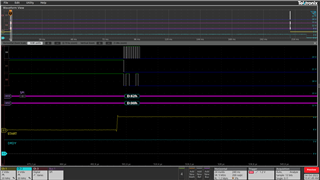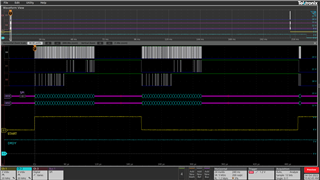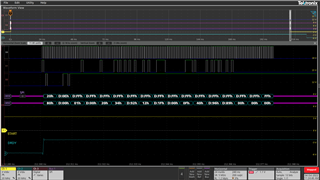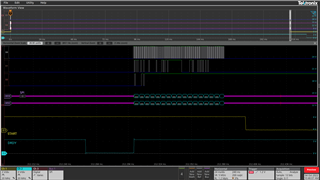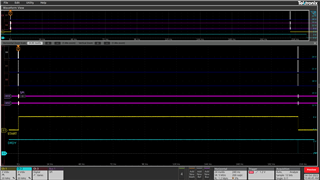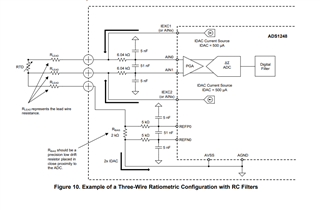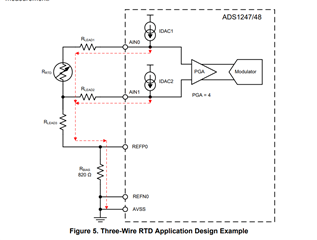Hello!
I have a question regarding the self-offset calibration of ADS1248. I need to self-offset calibrate the ADC for my application, therefore I am using the SELFOCAL command for that, but after calibration, my output values are not correct. Following is what I did,
- Initialized ADC by writing to MUX0, VBIAS, MUX1, SYS0, IDAC0, and IDAC1.
- Then I send the SELFOCAL command.
- Wait for DRDY to go low. In my case calibration is done in 200ms since the SPS I am using is 80.
- Then I start reading samples from ADC.
If I skip steps 2 and 3 my readings are correct but have offset errors. Also, when sending the SELFOCAL command the differential analog inputs of the ADC are floating, but this should not affect calibration, since the ADC shorts the inputs internally to disconnect from external circuitry if the SELFOCAL command is sent. Kindly let me know what steps should be taken in order to self-calibrate this ADC correctly.
Should the START pin remain high for the entirety of calibration?
Thank You!



